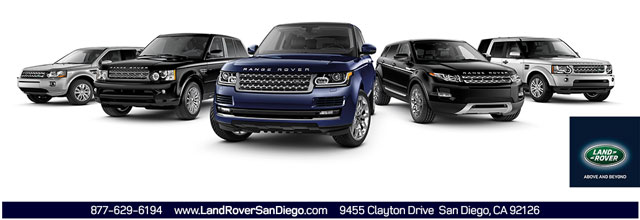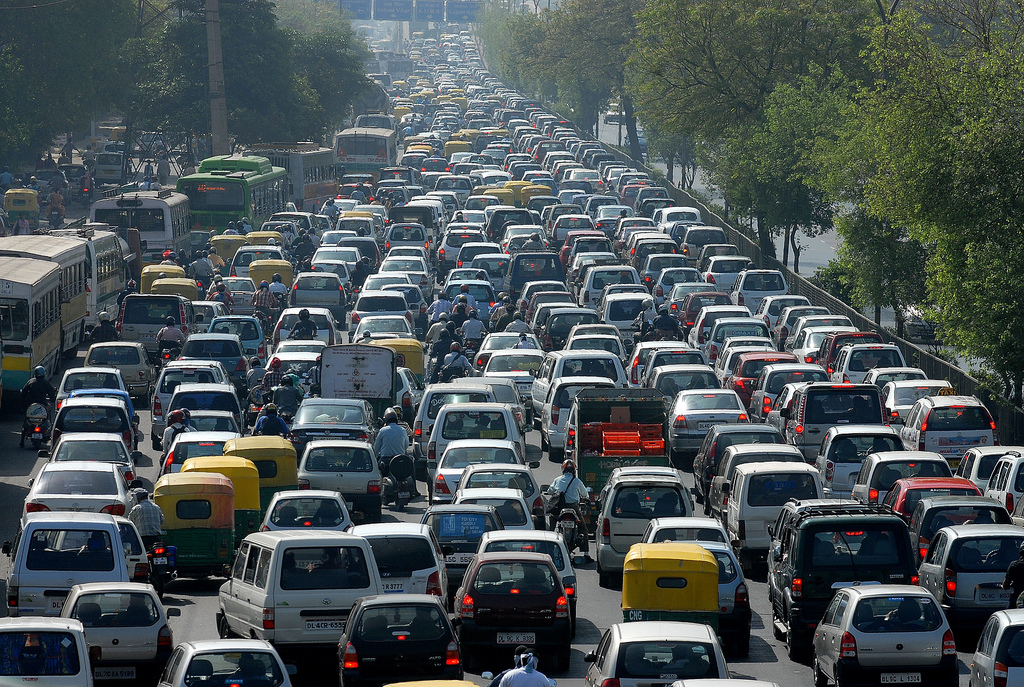To begin today’s blog, lets paint a vivid
picture of what could, or has, happened during your morning commute. So, there you are, slowly sipping your
morning coffee, the morning dew and the soothing sounds of your favorite band create
a cozy safe haven on your way to work.
Your hands are on the wheel, and you’re focused. Then, out of NOWHERE some (EXPLETIVE) swerves
into your lane, causing you to spill your coffee and react swiftly to avoid
injury. In your panic-stricken state,
you’ve managed to avoid an accident. In
that moment you look up to watch the person that swerved into your lane speed
by, oblivious to what he had just done.
Your keen eyes focus in on him long enough to realize he was updating
his Facebook status. WOW. In today’s blog, we asked our community for
the top 10 things people HATE when they’re driving.
Tailgaters – people that creep behind closely to
your vehicle in a stop and go motion.
Usually they’re in a rush to go nowhere.
Texters – either they’re updating their Facebook
status, tweeting, sending a text or writing their monologue; these individuals
are causing HUGE accidents. This can all
be avoided by focusing on the commute at hand!
The
“no signal when turning lanes” Guy
– this person is infuriating. They
change lanes without looking or indicating.
All of this to arrive at a red light with nowhere to go.
Rubberneckers – there’s always that one person that
stops an entire highway to gawk at something of interest. A pretty billboard, a traffic accident, who
knows? Either way they’re ANNOYING and
troublesome for those pressed for time.
The
Makeup Queen – this young
woman (or man for that matter) is applying an entire face of makeup while
operating a motor vehicle. This is a
HUGE no no.
So, do you have any to add? What really grinds your gears?




